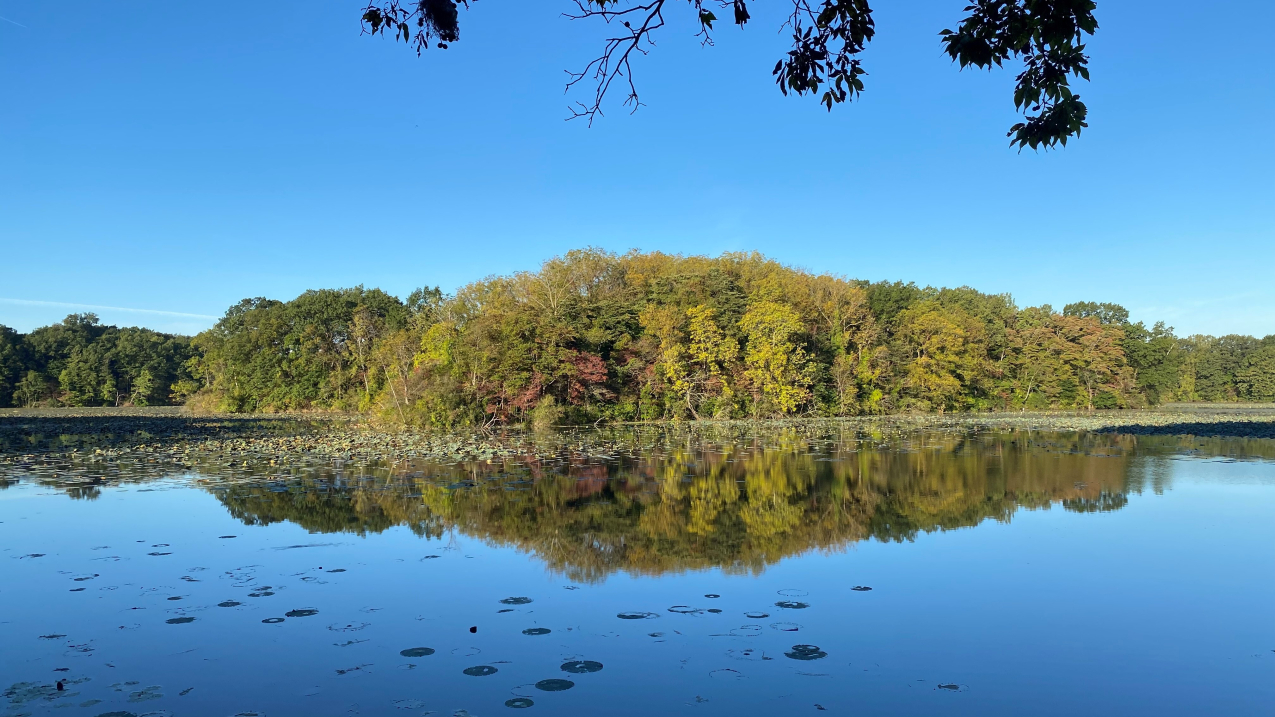At the Old Woman Creek National Estuarine Research Reserve, a new community of students is getting their boots wet gathering data through a new program that serves the children of migrant farmers.

Old Woman Creek National Estuarine Research Reserve is located near Lake Erie in Ohio. (Image credit: Jennifer Bucheit/Old Woman Creek National Estuarine Research Reserve)
The reserve partnered with the Willard, Ohio, Migrant Education Program to engage 25 students in hands-on monitoring and stewardship. Children from migrant farming families often change schools throughout the year, facing more barriers to education and higher drop-out rates than their peers.
“I was not part of a migrant family, but I am of Latino descent, and I wanted to provide these kids with the opportunity to see someone who looks like them and speaks their language in the environmental field,” said Sebastian Mejia, Stewardship Coordinator at the reserve. “There are real opportunities for them in monitoring and stewardship, and the reserve is well-resourced to share that.”
In a two-part lesson on weather and watersheds, students learned technical monitoring skills, explored the reserve’s habitats, and used monitoring equipment like CoCoRaHS offsite link rain gauges and wind and weather meters to collect data.
“This program allows the students ... to make a longer term connection with the school and community by helping maintain a weather station,” said Jennifer Bucheit, Education Coordinator at the reserve who supported the program. The weather station also fills a data gap in the southern part of the watershed.
“We benefit from our proximity to the agricultural lands around here,” said Mejia. “It gives us access to the farm workers and their communities who are inextricably connected to the land and weather.”
The reserve plans to continue this program and provide targeted job shadowing opportunities — like high school internships that focus on stewardship and monitoring — for students in the future.



